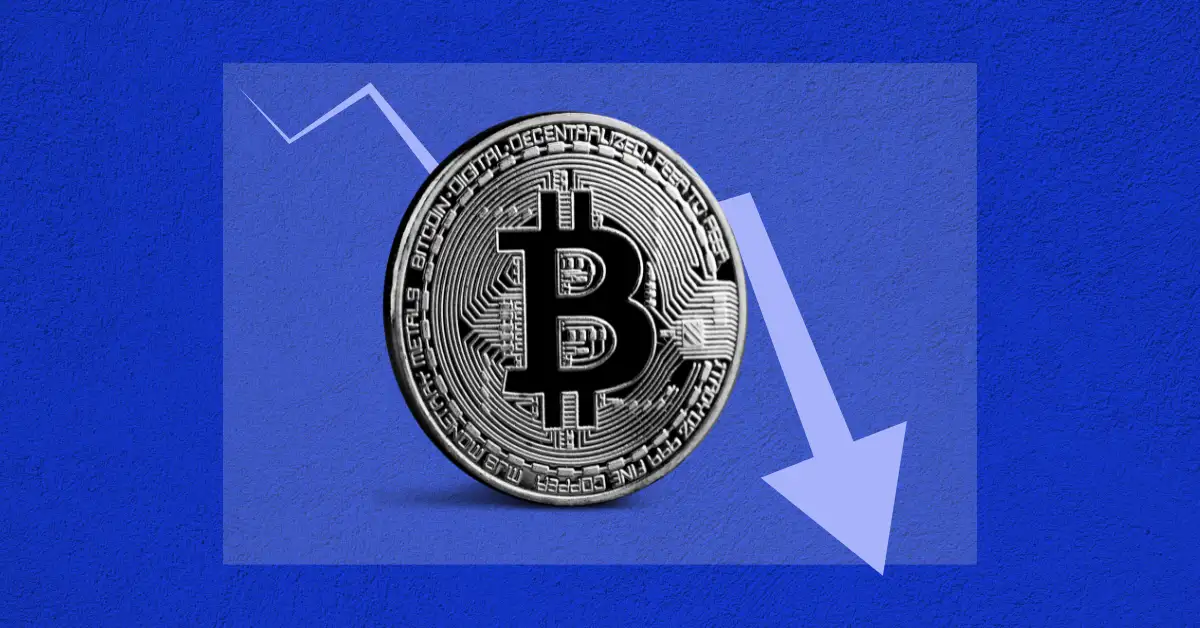Bitcoin has experienced a significant setback, losing all the gains it made on the previous Saturday and trading below the critical $60,000 level as of Wednesday morning. Following a brief rise above $64,000 earlier in the day, it plummeted to a low of $59,900, marking a sharp drop of over 3% within just 24 hours and hitting its weakest point since March. Currently, it hovers around $60,400.
Despite the decline, there’s notable activity on the Binance exchange, where the BTC-USDT trading pair indicates a substantial number of buy orders below $60,000, outweighing the sell orders. This suggests a strong market demand at these lower levels, potentially preventing further immediate losses. However, Bitcoin has fallen over 15% from its recent peak, with altcoins also experiencing significant dips ranging from 40% to 50%, reflecting typical behaviors seen in previous bull market corrections.

Bitcoin (Credits: Crypto Rank)
Technical analysis using the Wyckoff method indicates potential further declines, as Bitcoin is currently in the “sign of weakness” phase of the Wyckoff Distribution Model, characterized by reduced demand and a possible price drop. External economic factors exacerbate this situation, including the Federal Reserve’s high-interest rate policy and escalating tensions from the Iran-Israel conflict, making investors risk-averse.
Since the start of the Iran-Israel conflict on April 12, Bitcoin ETFs have seen nearly $150 million in outflows, signaling a broad-based flight from riskier assets. On the technical front, Bitcoin’s price has retreated from the $70,000 resistance level and is approaching a retest of the $60,000 support zone. Breaking below this support could lead to a steep decline toward the $55,000 level.
However, there is potential for a bullish scenario if Bitcoin manages to surge past $68,000 again, which could pave the way for new highs. Nonetheless, with the Relative Strength Index (RSI) currently below 50%, indicating bearish momentum, the likelihood of a breakdown remains high, potentially resulting in severe market consequences. Investors appear cautious about buying the dip despite the visible buy zones, reflecting an uncertain sentiment prevailing in the market.























